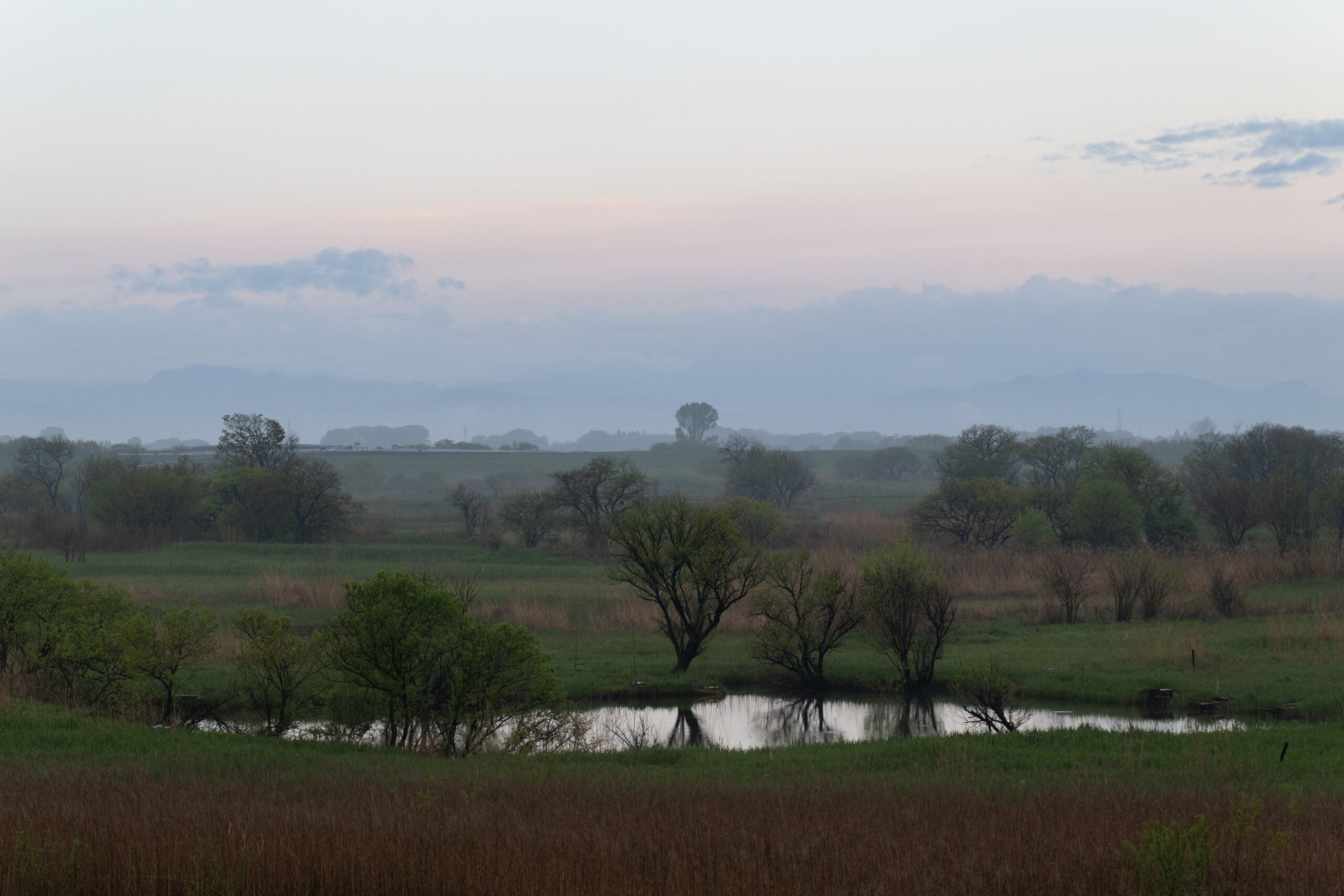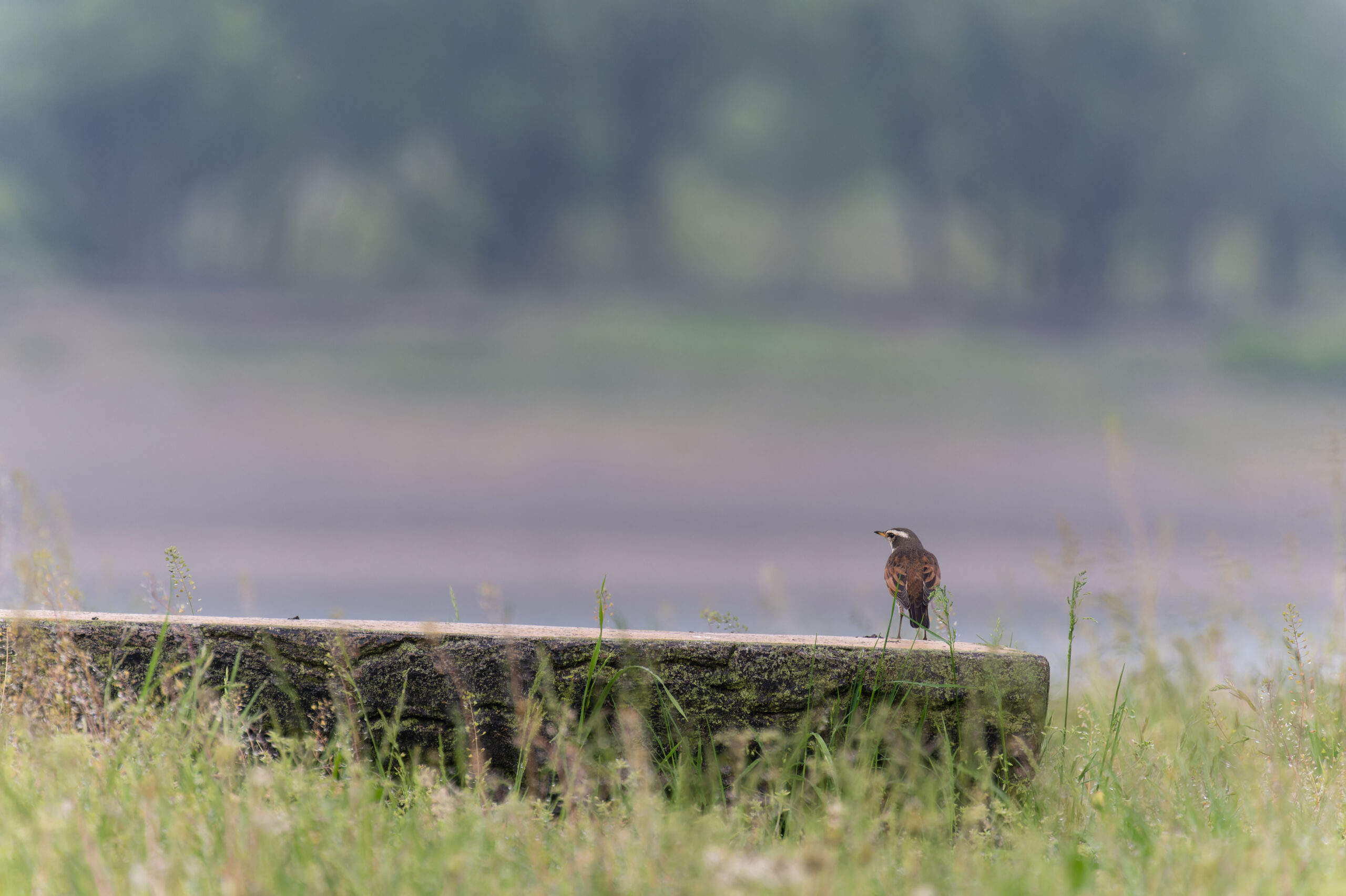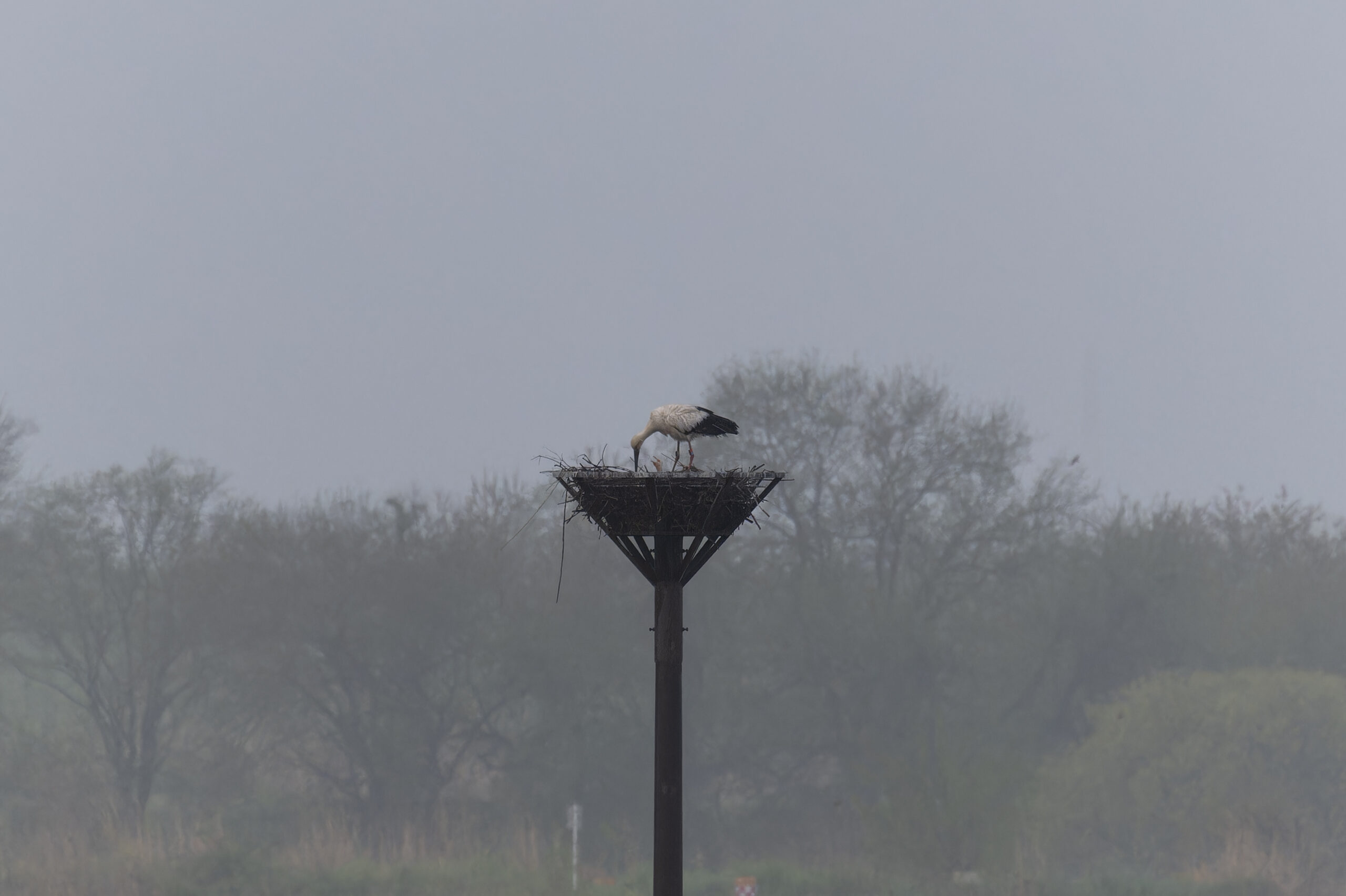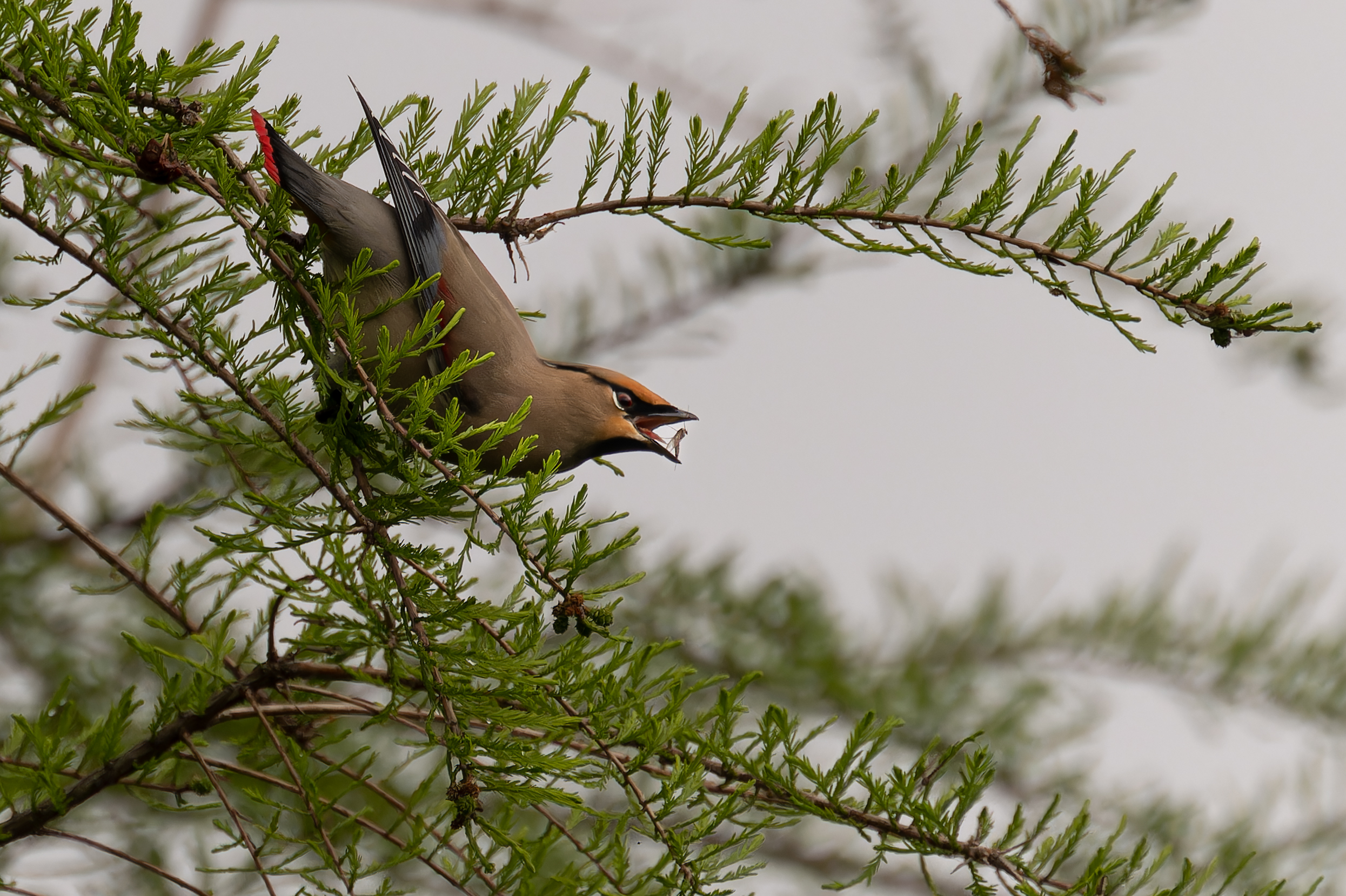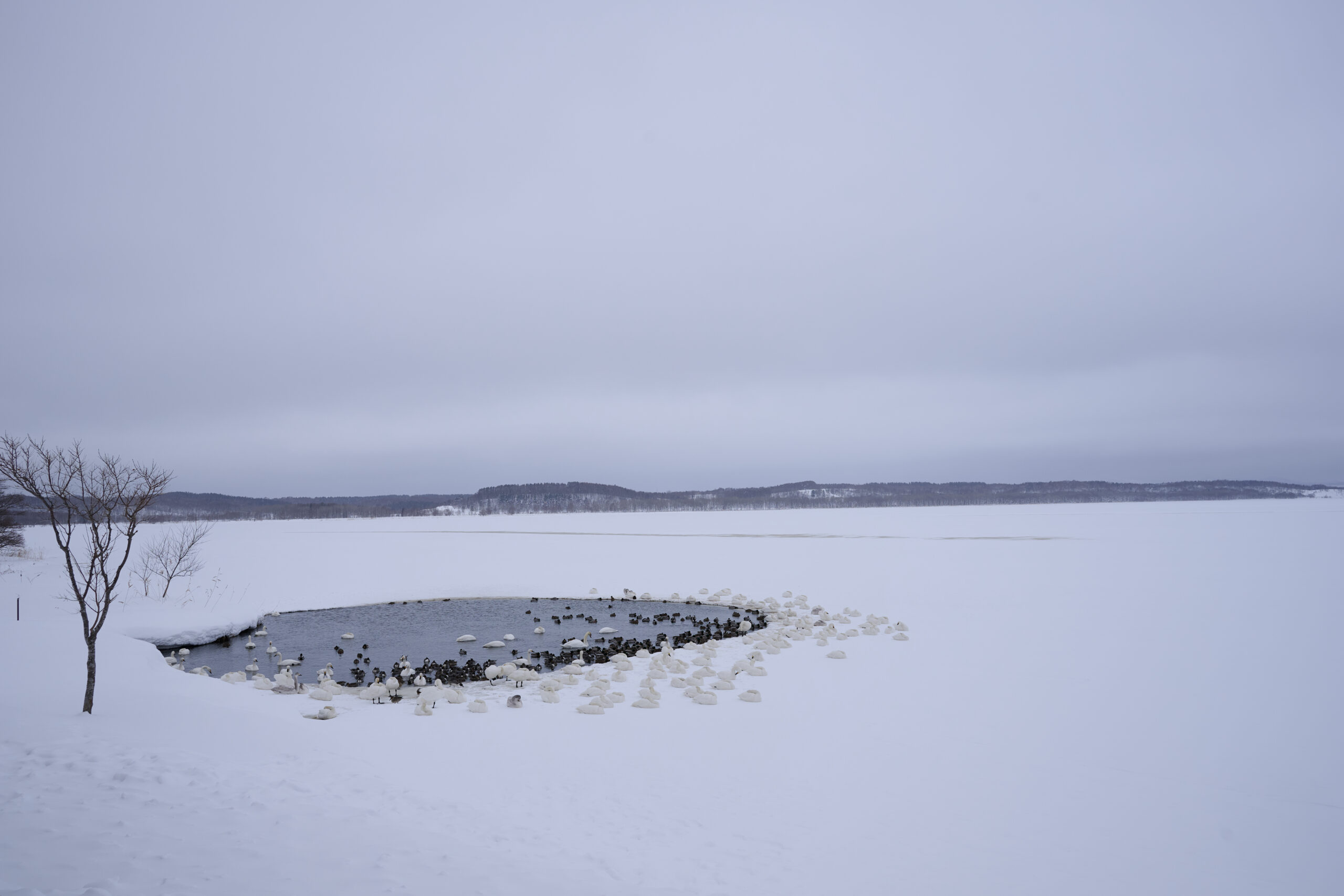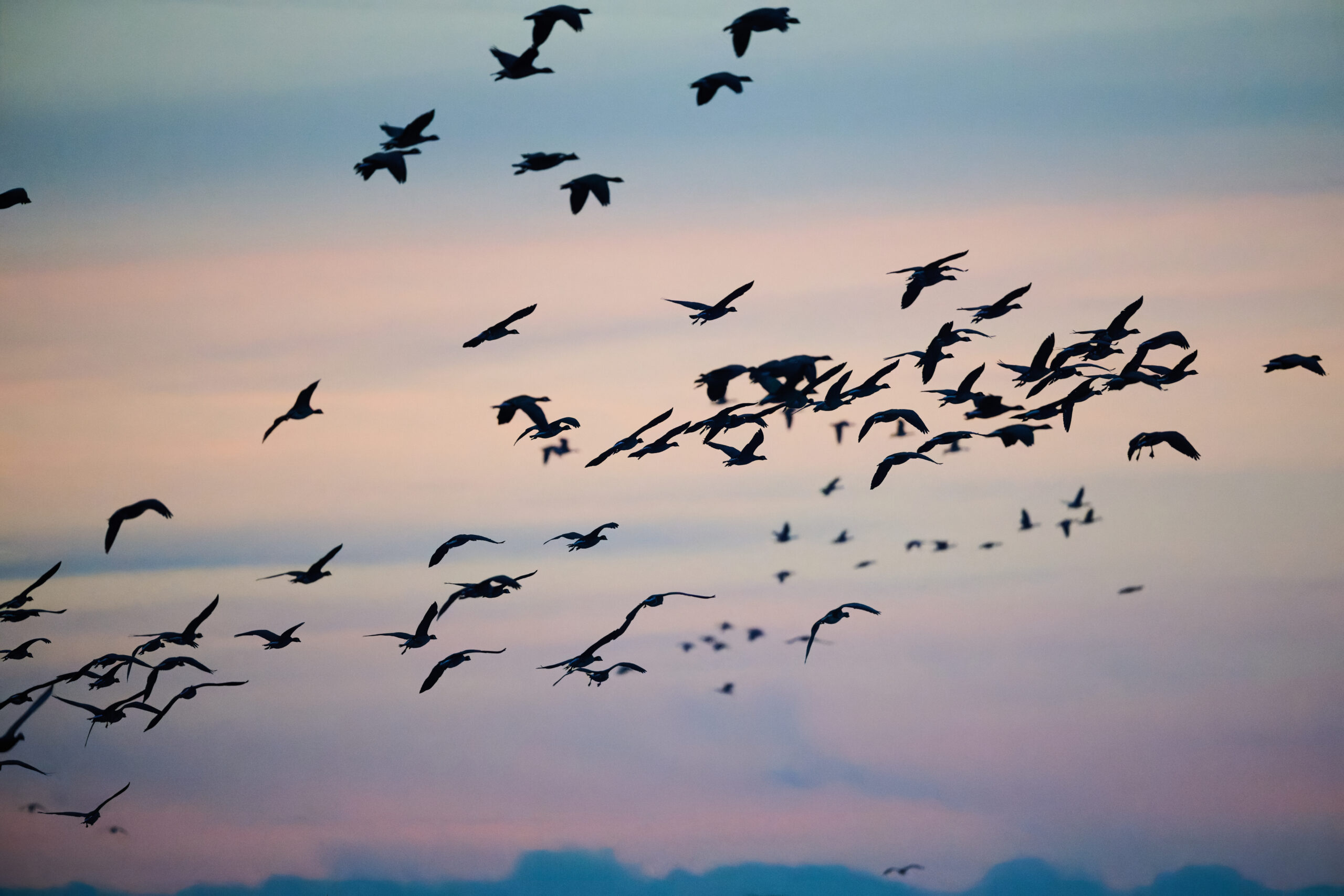It is a vast reservoir that straddles Tochigi, Gunma, and Saitama, and is registered under the Ramsar Convention. It is a rare place where wild birds can be observed throughout the year, and at the same time, its magnificent landscape gives one a mysterious feeling that makes one forget for a moment that one is in Japan. Originally a vast wetland, it was converted into a reservoir for the purpose of detoxification from the infamous Ashio Copper Mine Incident, which is probably still fresh in the minds of those who have received compulsory education in Japan. The process of tackling environmental pollution in the form of pollution and subsequently being registered under the Ramsar Convention to maintain an important and high quality environment as a “wetland of international importance as a habitat for waterfowl” is a true reality that sounds like an overly contrived story like a movie.
Many resident and migratory birds can be observed throughout the year at Watarase Reservoir. From April to June, storks can be seen raising their young in artificial nest towers.
- Resident birds – pheasants, tanagers, ospreys, etc.
- Summer birds – reed warblers, black-browed reed warblers, northern grosbeaks, etc.
- Winter birds – geese, grebes, Japanese waxwing, etc.
Address: Uchino, Fujioka-cho, Tochigi-shi, Tochigi
- By car: Approximately 20 minutes from Sano Fujioka I.C. or Tatebayashi I.C. on Tohoku Expressway
- car: Approx. 3 km northwest of Mikuni Bridge on Route 354
- Train: Tobu Nikko Line “Shinkoga Station, Yagyu Station, Itakura Toyo Daigaku-mae, Fujioka Station
- Watarase Recreational Area consists of Lake Yanaka and surrounding wetlands
- The wetlands northeast of Lake Yanaka are vast, and an artificial stork nest tower can be observed from the bank at the northeast end of the wetlands (photoshoot3 on map). If you want to take large photos of the storks and chicks in their nests, even a 600mm lens is not enough.
- Storks raise their young in pairs, taking turns caring for and feeding their chicks. Storks frequently return to their nests, making it relatively easy to take photos of storks in flight.
- Down the embankment is a large wetland that can be climbed down (photoshoot 4 on map). The inside is almost unmaintained.
- Lake Yanaka is also a vast lake, divided into several blocks by roads and sluice gates. The road is walkable, and birds such as the brown-headed cowbird can be observed on the “middle island” where the road intersects
- The northern shore of Lake Yanaka is the site of a former village before the reservoir. It is a marshy area, but it is walkable and can be circled in a circle.
- There are pheasants everywhere, flapping their wings. They do flap, then chirp, then flap, and so on.
- Many birds of prey can be observed in the wetlands near the village site
- There are two entrances to Lake Yanaka: the North Entrance and the Central Entrance. The North Entrance is not accessible until 9:30. The gate at the central entrance is always open. If you go early in the morning, you can park your car in the parking lot near the central entrance and walk in.

